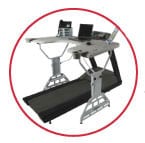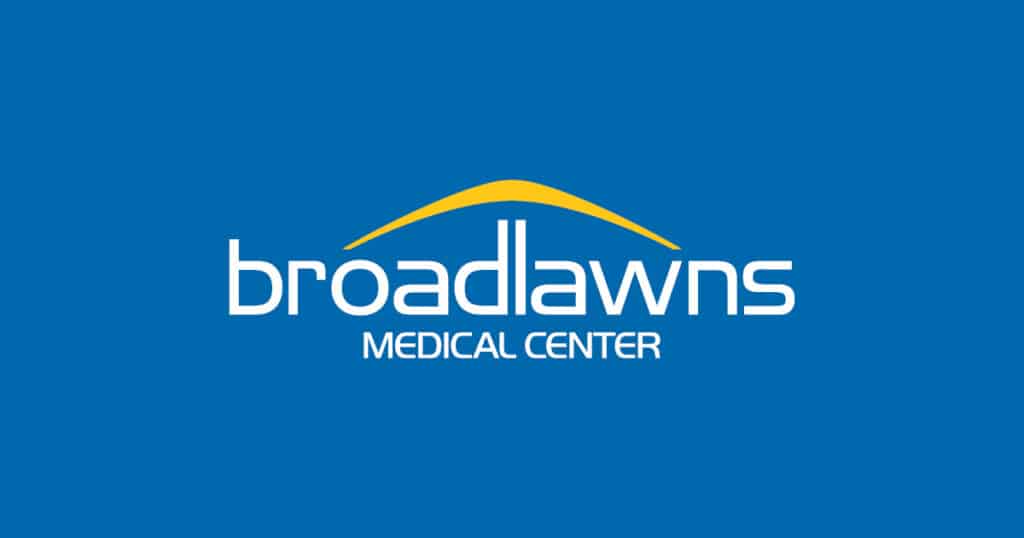Industry Report: Health & Wellness
Your QUICK Briefing on One Big Industry

Iowa State employees test worksite walk stations
Some Iowa State University offices are combining work and exercise through a research project led by the university’s Nutrition and Wellness Research Center (NWRC).

“The interest has been incredible,” said Greg Welk, the NWRC’s director of clinical research and outreach. About 40 university offices have tried out the five treadmill desks, which are on loan from TrekDesk Treadmill Desks, a Web-based exercise equipment company.
According to TrekDesk, the U.S. surgeon general recommends a minimum of 10,000 steps per day, equating to five miles; the average American walks less than half this distance daily.
The TrekDesk study, which concludes in April, is part of Iowa State’s commitment to the national Exercise is Medicine campaign, an effort coordinated by the American College of Sports Medicine and other leading health and fitness organizations to educate the public and medical professionals about the importance of exercise.
Each month, a different department unit that indicates an interest has gotten use of the TrekDesks for a month. “So we’re really trying to get interest and awareness out there about trying to be more active during the workday,” Welk said. Among the offices that have tried it are the president’s office, the office of the vice president for research and economic development and the College of Design and the chemistry department.
So far in the study, approximately 82 percent of survey respondents indicated that they would recommend the TrekDesk, and 73 percent agreed that the university should consider getting the machines for its employees. A majority of respondents (57 percent) said they used the treadmill desk for sessions lasting 15 to 30 minutes, while 27 percent said they used it for 30 minutes to an hour. During the 30-day test, 58 percent of respondents reported their usage either increased in duration or stayed the same, while 42 percent said their usage decreased.
“I’ve got one in my own office right now,” said Welk. “I try to use it every day if I can.”
It will be up to administrators to decide whether they want to make this type of equipment available on a permanent basis, Welk said.
“This could be a part of the worksite wellness program, but it’s not the only piece of it. It’s giving faculty a chance to try it out, and administrators a perception of what people want.”
Broadlawns first in state to roll out 3-D digital mammography 
“It’s just a lot faster and more efficient,” said Mikki Stier, Broadlawns’ senior vice president for government and external relations. Most important, it’s giving doctors unprecedented ability to detect small tumors when they’re the most treatable.
The tomosynthesis cancer screening is the latest generation of equipment that uses very low X-ray exposure and high-powered computing to convert digital breast images into a stack of very thin layers. These slices essentially provide a “3-dimensional” mammogram. During the tomosynthesis part of the exam, the X-ray arm sweeps in a slight arc over the breast, taking multiple images in seconds. The computer then puts both together and the result is a 3-D image of tissue in one-millimeter layers.

Dr. Laurie Fajardo, a professor of radiology with the University of Iowa, was involved in clinical testing of the device last year that cleared its way for approval by the U.S. Food and Drug Administration. “Broadlawns is really the first place to install it in Iowa and use it outside of the research arena,” she said. The technology also will be installed at the new 150,000-square-foot University of Iowa Health Care Clinic when it opens at the Iowa River Landing development in Coralville this fall.
Women who have seen and experienced the new technology say it has changed their view of how mammography is used as a weapon against breast cancer, Stier said.
For more information about mammography options at Broadlawns, call (515) 657-6615.
Blank Children’s Developmental Center opens
Blank Children’s Hospital has opened a new children’s developmental center to serve kids with developmental and physical disabilities.
Iowa Health – Des Moines officials estimate the center, which opened in January in the Anna Blank Building, will serve 6,000 children annually who need early diagnosis and comprehensive treatment for developmental conditions.
An estimated 17 percent of all children born in the United States have a developmental or behavioral disability. Of these children, fewer than half are properly diagnosed before the age of 5, by which time they face significant delays in cognitive, social and physical development.

Candidates for diagnosis and treatment at the Blank Children’s Developmental Center include children with autism spectrum disorders, attention deficit hyperactivity disorder, cerebral palsy, genetic disorders, muscular dystrophy, spina bifida and other developmental or physical disorders.

“Our goal is to make the Blank Children’s Developmental Center a 70-year investment for all patients,” Stark said. “In other words, early diagnosis has a lifelong impact on children, and thus, this facility will have a multi-decade impact on thousands of families in Iowa.”











